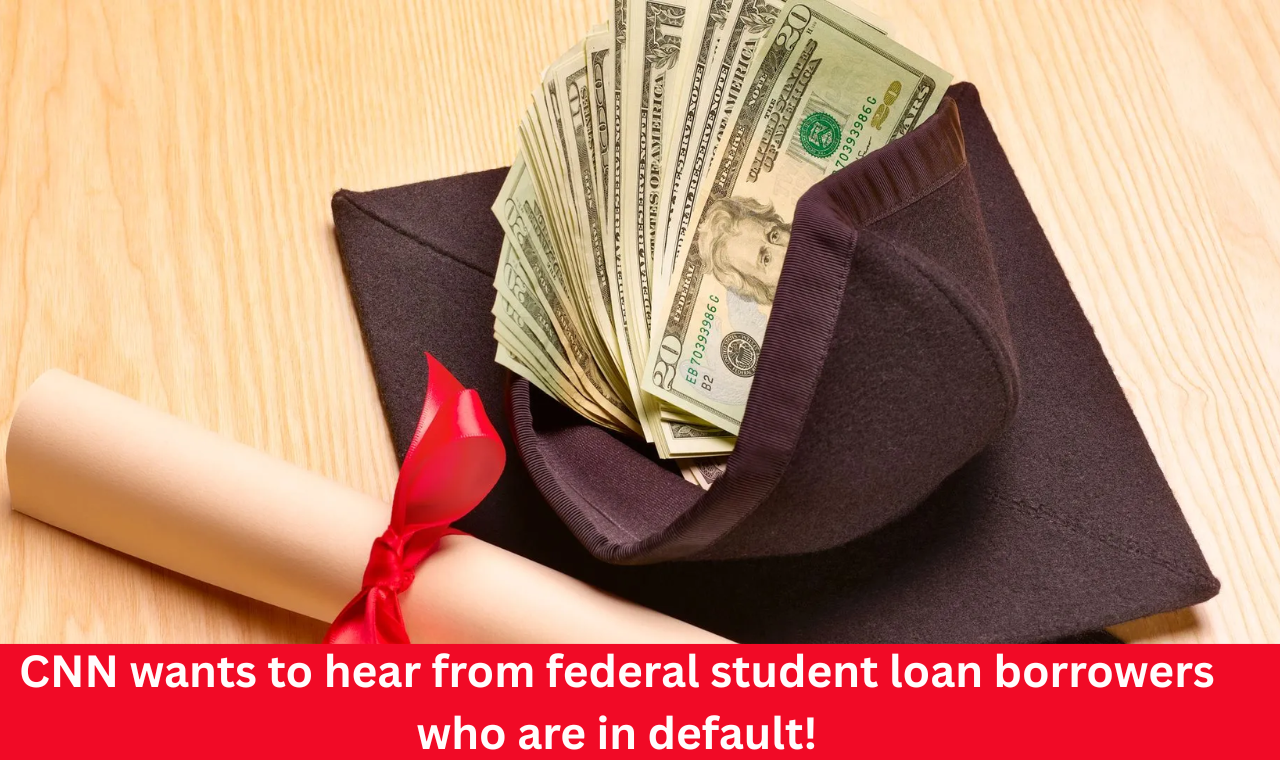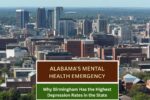In a move aimed at giving a voice to millions of Americans struggling with student loan debt, CNN is reaching out to federal student loan borrowers who have defaulted on their loans. The news outlet is seeking personal stories to shed light on the human impact of the federal government’s decision to resume collections after a years-long pandemic-related pause.
Collections Resume Amid Ongoing Debt Crisis
The outreach comes in the wake of the Trump administration’s recent policy change that restarts collections on defaulted federal student loans a shift that affects millions of borrowers. The pause, first introduced in 2020 as part of COVID-19 relief efforts, gave borrowers temporary protection from wage garnishment, tax refund seizures, and other aggressive collection practices.
But as of 2025, that pause has ended.
The U.S. Department of Education officially resumed collections, meaning borrowers who are in default may once again face the full range of enforcement measures. This includes wage garnishment, the withholding of Social Security benefits, and interception of tax refunds. According to the Federal Student Aid Office, default occurs when a loan payment is more than 270 days overdue.
CNN’s Call for Stories
In an article published on April 23, CNN invited borrowers in default to share their experiences through a confidential form. The newsroom emphasized the importance of hearing directly from those affected, especially as the national conversation around student loan debt intensifies ahead of the 2026 midterm elections.
CNN has a history of publishing such crowd-sourced reports to illustrate the human stories behind policy shifts. In this case, they aim to gather accounts that could highlight:
- How the return of collections is impacting financial stability
- Whether borrowers were prepared for the change
- What kinds of support (if any) they’ve been able to access
Borrowers interested in participating can fill out CNN’s submission form here.

What Borrowers Need to Know
With collections now back in full force, borrowers should understand their rights and options. According to the U.S. Department of Education, there are several pathways for those in default:
- Loan Rehabilitation: This process allows borrowers to make nine monthly payments within 10 months to restore the loan to good standing.
- Loan Consolidation: Another option is to consolidate the defaulted loan into a new Direct Consolidation Loan and agree to a new repayment plan.
- Dispute Resolution: If borrowers believe there is an error in their loan record or the collection activity, they may file a dispute through the Federal Student Aid Ombudsman Group.
Borrowers should be wary of third-party debt relief companies that charge fees for services the government provides for free. The Consumer Financial Protection Bureau (CFPB) provides resources to help detect scams and protect borrowers from fraud.
The Bigger Picture
Roughly 7.5 million borrowers are currently in default, according to the most recent data from the National Student Loan Data System (NSLDS). The average balance for defaulted borrowers is over $21,000, a figure that reflects years of unpaid interest, penalties, and fees.
Many borrower advocacy organizations have criticized the restart of collections, arguing that it disproportionately affects low-income Americans who are still recovering from economic hardships triggered by the pandemic. Others argue that resuming collections is necessary to maintain fiscal responsibility and protect taxpayer dollars.
Still, the Biden administration had previously floated the idea of forgiveness or expanded repayment options before leaving office ideas that may now be on the table again as political pressure mounts.
Final Thought
As the nation grapples with the long-term consequences of student debt, the voices of borrowers are more important than ever. CNN’s initiative to spotlight these stories is not just about numbers it’s about the lived realities behind them. For policymakers, the data is crucial. But for the public to truly understand the stakes, the stories of everyday Americans navigating job loss, illness, and financial instability while trying to repay their education are indispensable.
Whether this outreach leads to meaningful change or simply greater awareness, it represents an opportunity for borrowers to reclaim their narrative. In a system often defined by bureaucracy, their testimonies could help shape a more compassionate and equitable approach to student debt in America.

Pankaj Kumar is a skilled content writer at OTE News, focusing on breaking news, technology, and socio-political developments. With a background in Mass Communication, he brings a balanced perspective to his articles, ensuring clarity and reliability. Pankaj has a knack for simplifying complex topics for readers.
In his free time, he enjoys photography, traveling, and experimenting with new cuisines. His curiosity and dedication to truthful reporting make him a valuable contributor to OTE News.




